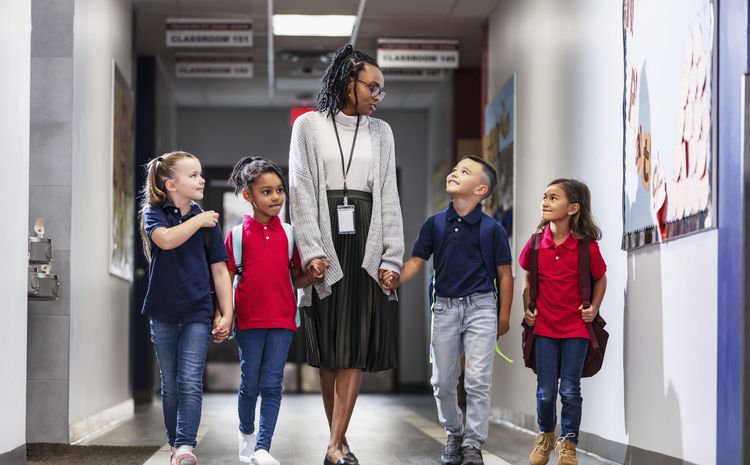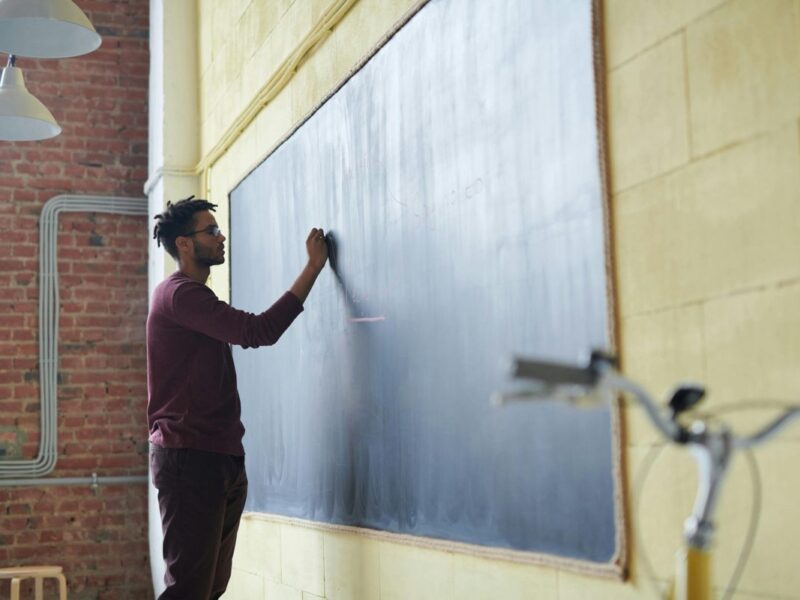Modern technology has provided the world a lot of chances to assist reduce our daily worries and make when concentrated tasks workable with much less effort. Nonetheless, as modern technology remains to advance, just how does education keep up with the changing landscape and prepare trainees for the future?
Here we speak with Dr. Michael Nagler, Superintendent of Minneola USFD in New York City, regarding his work in embracing modern technology beforehand, the value of maintaining creative thinking skills to prepare trainees for the future, and exactly how keeping open lines of interaction has enabled students and instructors to have an input in the development of their educational techniques.
Nagler was recently recognized as Most Ingenious Superintendent at a Technology & & Discovering Regional Leadership Summit with an Innovative Leader Honor
Embracing Innovation Early
Brand-new types of technology turn up virtually each day, and lots of colleges and districts choose on what software and hardware to contribute to their setting everyday. Nagler keeps in mind exactly how very early adoption primed his area to become known as a tech district and identified with innovation.
“Greater than 10 years ago, when the iPad appeared, we accepted it,” states Nagler. “We had a pilot with a team of 5th the initial year. Within two years, we were one-to-one. The whole district. And we’ve been called a technology area based on that.”
Under Nagler, Mineola was just one of the initial college districts in New york city to implement a comprehensive computer technology curriculum beginning in kindergarten, and he remains to urge his schools to accept technology in a thoughtful way. “We do a ton of development,” he claims. “However it’s a misnomer that we’ve centered around modern technology as the answer, whereas I think we use tech properly as a tool to attempt to press changes in mentor and learning.”
Exactly how has modern technology changed the instructional strategy?
“Straight guideline is a remnant of a lengthy ago time,” Nagler says. “We need to involve youngsters a great deal in a different way. If we make use of innovation to aid them be creative in exactly how they do their job and describe what they called an analysis type, the better we’re placing youngsters for the next wave. AI is coming, and I believe the more imaginative things we ask children to do, the more we do not need to bother with AI doing all the work.”
It can be very easy to unload every one of our procedures onto AI programs that are produced to handle these. Nevertheless, it is very important to note that the skills trainees will require in their expert lives are still relevant to be shown. Modern technology is necessary, but it can not replace the human aspect.
Embracing Technology, Finding Equilibrium
New advancements in education and learning can help attain a great deal, yet it can additionally offer too many alternatives for students and teachers. Nagler says sticking with one kind of modern technology for the area can assist to keep pupils associated with the innovation process.
“We were really purposeful with the iPad,” Nagler claims. “I believe it’s a device you can make use of to create. If it’s not online, you’re not really doing much. That’s why we’re Apple Distinguished. There’s only 18 areas that gain that acknowledgment. And the factor we leverage Apple items is because we desire children to create.”
Yet how do we maintain youngsters in the spirit of learning also after leaving an instructional setting? Nagler says maintaining a degree of flexibility within the area is vital to adjust to modifications and barriers along the way.
Nagler also accepts a driven feeling of addition for teachers when it pertains to making ingenious advances within the school and the district. Having ample input from educators can assist to produce a comprehensive and understanding educational setting, even if it doesn’t make everyone completely pleased.
“Everyone complains concerning something,” Nagler says. “That’s the nature of people.”
Just how to Maintain Your Innovation Development in Examine
Dealing with problems stemming from technology in a school can create chaos without having an apparent approach for obstacles, states Nagler. Not enabling innovation to take over is likewise basic in giving a leveled educational experience. In addition, cultivating the creative thinking in students via technology helps them remain ready for a future in technology. And, as Nagler includes, instructor inclusion is crucial.
“My approach is, it’s got to be teacher-driven,” Nagler states. “You need to pitch a concept that instructors can embrace and give them the capacity to change it, to make it work for them. Teachers invest years researching to layer their craft, and we require to allow them do that.”


